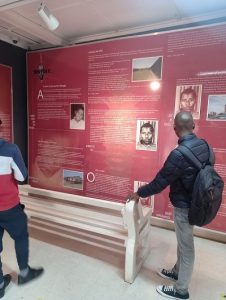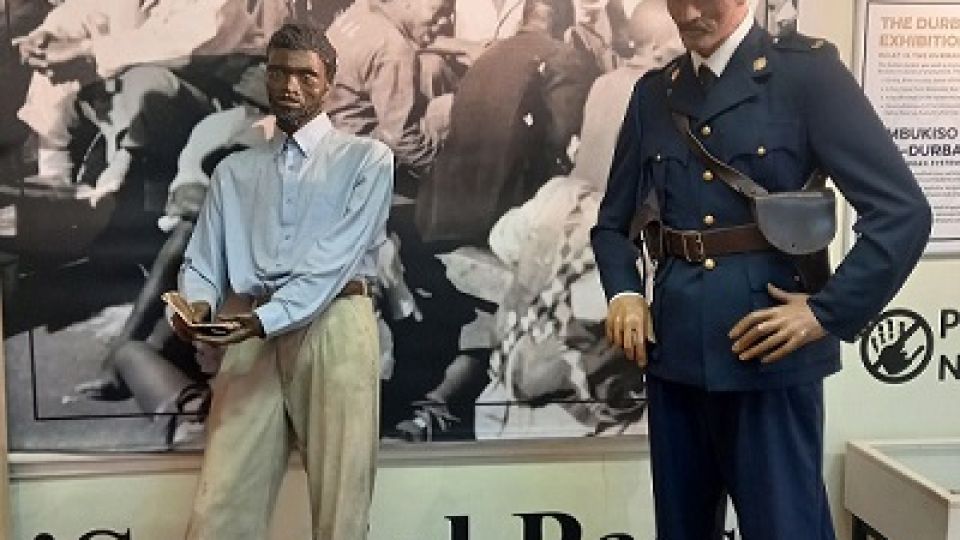from FUTHI MBHELE in Durban
Durban Bureau
DURBAN, (CAJ News) – ALTHOUGH history is taught in South African schools, the subject is not popular among some students, forcing many to forego it.
This denies the youngsters of an opportunity to learn the country’s background.
Situated in Durban in the KwaZulu-Natal province, the KwaMuhle Museum, aims to address this ignorance.
Kwamuhle translates to “The place of the good one.”
The museum was named in reference of John Marwick, its first manager.
It is aptly named thus, owing to his mark in the country’s history.
Marwick was one of the people who helped the Zulu, South Africa’s majority tribe, to escape Gauteng (then called the Transvaal).
He helped no fewer than 7 000 Zulus during the Anglo-Boer War.
Marwick was their hero and saved lives of thousands of native South Africans when their blood was sought by settlers and farmers.
The walls at the Kawamuhle have the history of Durban’s biggest townships, the Women’s March in 1956 and the resistance to the Pass Law that led to the Sharpeville Massacre in 1960.
There is also an area that has information about HIV and AIDS of how people get infected by the virus and how they can prevent it.
South Africa has a tragic history as the country with the highest number of people afflicted with HIV of any country but turned the crisis around by having among the most successful treatment campaigns.
The exhibitions at KwaMuhle museum include photographs and videos as well as the remnants and objects from the South Africa of yesteryear.
Youngsters without an opportunity to learn the kind of life lived by their grandparents visit the museum.

KwaZulu Natal young men reading the history of the politicians. Photo by Futhi Mbhele
When CAJ News Africa visited the facility, two young men were busy reading the information on the wall.
Hailing from the northern Nongoma, they have scant knowledge of the townships.
In an interview with CAJ News Africa, one said he was a first year student at the Durban University of Technology (DUT).
“I have never been in a museum before as Nongoma is not developed. My grandmother used to tell me history about apartheid government and that they used to carry dompas every time,” he said.
The Apartheid government required black South Africans over the age of 16 to carry the infamous dompas, a pass book, everywhere and at all times.
Resistance to the dompas sparked the Sharpeville Massacre.
“KwaMuhle museum is rich in history. Now I know the two biggest townships in Durban, which is Umlazi and KwaMashu,” the student concluded.
Entry to the museum is free.
It is open from Monday to Saturday and closed on Sundays and public holidays.
The museum itself is situated in a building that was once one of the most despised structures in Durban, the Department of Native Affairs. This department had the task of enforcing the legislation put into place by an apartheid system
– CAJ News

